INSTRUCTIONS TO CANDIDATES
- This paper consists of TWO sections A and B
- Answer ALL questions in the spaces provided
- Mathematical table and electronic calculators may be used.
- ALL working MUST be shown clearly where necessary.
- Take: acceleration due to gravity g = 10m/s2
SECTION A (25 MARKS)
Attempt ALL questions in this section.
- Name the branch of physics that deals with solar water heating system. (1 mark)
- Define the term “Ideal gas” as used in gas laws (1 mark)
- At Thompson falls water, falls through a height of 30m. Calculate the final temperature if the temperature at the top is 14°C (Take g = 10 N/kg and s.h.c of water = 4200 J/kgK) (3 marks)
- State two conditions that must be fulfilled for a body to be in equilibrium (2 marks)
- The figure below shows a graph of velocity against time for a moving body.
Determine the distance covered by the body during the 10 seconds (3 marks) - Smoke is enclosed in smoke cell and sealed. When illuminated and viewed under a microscope, it is observed to be moving in continuous random motion. State and explain the observation when cold water is poured on the smoke cell. (2 marks)
- The pressure inside a submarine is maintained at 500m of mercury(500mHg). Determine the depth at which the submarine will be safe from implosion taking the density of water as 1.025g/cm3 and atmospheric pressure = 760cmHg. (Take the density of mercury as 13600 Kg/m3)
(3 marks) - Explain why two cars are likely to crush as they travel at high velocities sideways. (2 marks)
- When a body of mass 0.25kg is acted on by a force, its velocity changes from 5.0 m/s to 7.5m/s, determine the impulse of the force. (2 marks)
- State two factors that affect the spring constant of springs made from the same wire. (2mks)
- Draw a well labeled diagram of a clinical thermometer. (3 marks)
- Differentiate between solids, liquids and gases in terms of thermal conductivity. (1 mark)
SECTION B (55 MARKS)
Attempt ALL questions in this section.
- The figure below shows a hydraulic press supporting a load F.
- What properties of oils make them suitable for use in hydraulic machines such as the one above? (2marks)
- If A and a are areas of cross-section of the pistons, and the lengths of the arm are as given, find:
- The force Fa (2 marks)
- The force F0 (2 marks)
- The mechanical advantage of the machine (1mark)
- The velocity ratio of the machine (3 marks)
- State one reason why the efficiency of a pulley system is always less than 100% (1 mark)
-
- State Newton’s third law of motion. (1 mark)
- Distinguish between elastic and inelastic collision. (2 marks)
- A mini bus of mass 2000kg travelling at a constant velocity of 20m/s collides with a stationary car of mass 1000kg. The impact takes 2 seconds before the two moves together at a constant velocity for half a minute. Calculate.
- The common velocity (3 marks)
- The distance moved after impact. (2 marks)
- The change in Kinetic energy. (3 marks)
-
- State the law of floatation. (1 mark)
- The figure below shows a floating object of volume 4000cm3 and mass 10g. It is held as shown in water of density 1.25g/cm3 by a light cable at the bottom so that ¾ of the volume of the object is below the water surface ( Assume the upthrust due to air is negligible).
- Calculate the volume of the object under water. (2 marks)
- Calculate the weight of water displaced. (3 marks)
- Determine the tension in the cable. (2 marks)
- Calculate the density of the object. (2 marks)
- The diagram below shows a car acid hydrometer.
- Indicate on the diagram above the minimum and the maximum measurement to be taken. (1 mark)
- State the reason why
- The bulb is wide. (1 mark)
- Lead shots are used (1 mark)
-
- State what is meant by the term ‘specific latent heat of vaporization’ (1mark)
- In an experiment to determine the specific latent heat of vaporization of water, steam at 100°C was passed into water at 5°C contained in a well-lagged copper calorimeter. The following measurements were made;
Mass of calorimeter 50g
Initial mass of water 70g
Final mass of calorimeter + water + condensed steam = 123g
Final temperature of mixture = 30°C
(Specific heat capacity of water =4200 Jkg−1 K−1, specific heat capacity for copper = 390 Jkg−1 K−1)- Determine the:
- Mass of condensed steam (2 marks)
- Heat gained by the calorimeter and water (3 marks)
- Given that L is the specific latent heat of vaporization of steam, determine the value of L. (3 marks)
- Determine the:
-
- Define the term angular velocity. (1 mark)
- A body of mass 5 kg is whirled horizontally making a conical pendulum as shown in the diagram below
- State what happens when the speed of whirling is increased (1 mark)
- If the radius of the path is 50cm and the centripetal force is 285N. Determine the linear velocity of the mass (3 marks)
- A stone is whirled in a vertical circle as shown in the figure below using a string of length 40 cm. A, B, C and D are various positions of the stone in its motion. The stone makes 2 revolutions per second and has a mass of 100g.
- Calculate:
- The angular velocity (2 marks)
- The tension on the string at position A (3 marks)
- At C where the stone has acquired a constant angular speed, the string cuts. What is the name given to the path followed by the stone? (1 mark)
- Calculate:
MARKING SCHEME
| 1. | Thermodynamics | 1mk | ||||||
| 2. | These are gases that obeys all gas laws completely | 1mk | ||||||
| 3. | E = mgh
= m x 10 x 30 = 300m; |
3mks | ||||||
| 4. |
|
2mks | ||||||
| 5. | Distance = Area under the curve;
= ½ x 5 x 20 + ½ x 5 x 20; |
3mks | ||||||
| 6. | The motion of the particles slows down; Lowering the temperature reduces the kinetic energy of the particles; | 2mks | ||||||
| 7. | P = hρg; 500 x 13600 x 10 = h x 1025 x 10 + 0.76 x 13600 x 10; h = 6624m; |
3mks | ||||||
| 8. | The particles of air in between the two cars are set at a higher velocity; This lowers the pressure between the cars. Due to pressure difference the cars collides; | 2mks | ||||||
| 9. |
Impulse = change in momentum; |
2mks | ||||||
| 10. |
|
2mks | ||||||
| 11. |  Correct diagram 1mk Correct scale 1mk Any 2 correct labels 1mk |
3mks | ||||||
| 12. | Solids are better thermal conductors compared to liquids while liquids are better thermal conductors than gases | 1mk | ||||||
| 13. |
|
2mks
4mks
1mk
3mks
1mk |
||||||
| 14. |
|
1mk
2mks
3mks
2mks 3mks |
||||||
| 15. |
|
1mk
2mks 3mks
2mks
2mks
1mk
1mk 1mk |
||||||
| 16. |
|
1mk
2mks
3mks 3mks |
||||||
| 17. |
|
1mk 1mk
3mks
2mks
3mks
1mk |
Download Physics Paper 1 Questions and Answers - Lainaku II Joint Mock Examination 2023.
Tap Here to Download for 50/-
Get on WhatsApp for 50/-
Why download?
- ✔ To read offline at any time.
- ✔ To Print at your convenience
- ✔ Share Easily with Friends / Students

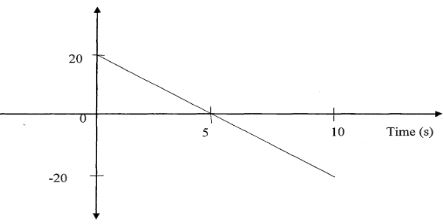
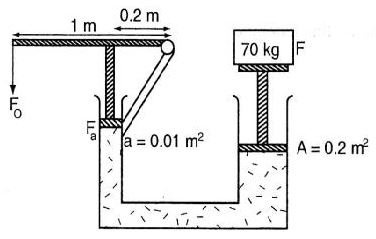

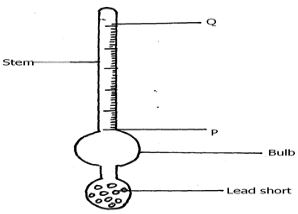
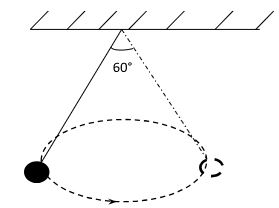
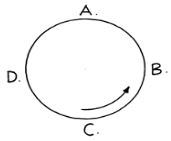
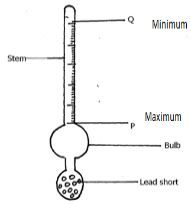 both maximum and minimum;
both maximum and minimum;